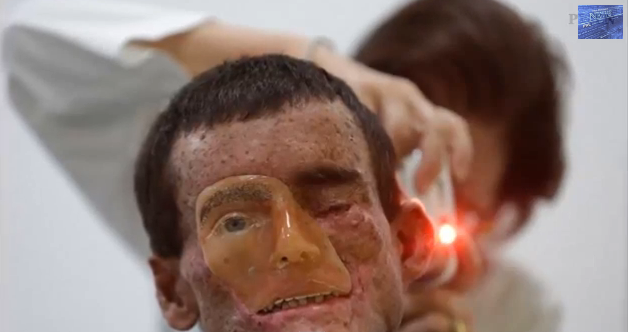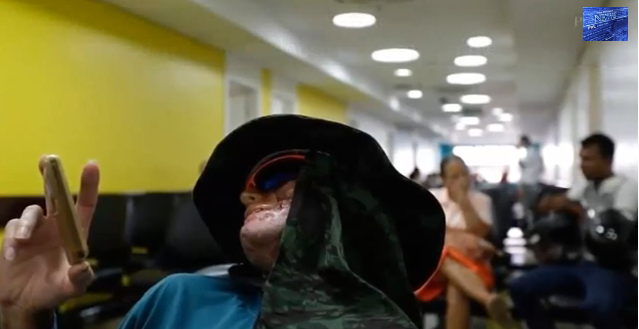Rare Skin Disease Makes People In Brazilian Village 'Melt Away': What Is Xeroderma Pigmentosum?

Inhabitants from a village snuggled among the hills midwest of Brazil suffer from a phenomenon known as xeroderma pigmentosum (XP). They are known as the largest group of its kind to have this rare genetic condition. One in 40 residents in Araras, a farming community in Brazil, have “melted away” over the years, due to the rare skin disease that causes sensitivity to the sun. Djalama Antonio Jardim, 38, has suffered from XP since he was 9 years old, and even after 50 surgeries later to remove skin tumors, his condition continues to deteriorate.
"I was always exposed to the sun - working, planting and harvesting rice and caring for the cows," Jardim told the Associated Press. "As the years passed my condition got worse." Jardim, who no longer works in agriculture, survives on a small government pension and runs an ice cream parlor to make ends meet. He now wears a large straw hat to protect his face and a rudimentary orange-tinted mask with a stenciled-in right eyebrow, in an effort to camouflage how the disease has eaten away the skin of his lips, nose, cheeks, and eyes.

XP patients will usually show early signs of the condition, such as in Jardim’s case. When he was younger, numerous freckles and small lumps started to appear on his face — a sign that parents should immediately protect their children against the sun. However, this precaution was not taken for Jardim, who must now resort to hats and shades to prevent further sun damage. He wasn’t properly diagnosed with XP until 2010, since many health professionals originally believed he had a blood disorder or a skin problem, not a genetic disease.
The rare skin condition causes the skin and tissue covering the eye to be extremely sensitive to ultraviolet light. Patients with two copies of an abnormal gene develop the disease, says Medline Plus, since it is an autosomal recessive disorder. In other words, both mother and father must carry the gene for the disorder to show up in their children.
Araras has a higher occurrence rate of XP because the farming village was founded only by a few families, and several of them were carriers of the disease. This means it was passed down to future generations, since in the village, it is common for cousins to intermarry, increasing the incidence of the rare skin condition.
Normally, when our bodies are exposed to sunlight, the UV rays damage the DNA in our skin cells, but the body is able to repair this damage. However, the body is not able to fix the sun’s damage in people with XP, which results in very thin and splotchy pigmentation of the skin. Currently, the best way to control the disease’s symptoms is to avoid sunlight and to use sunscreen, hats, and sunglasses when going outside.
In an effort to promote early detection and treatment, locals such as village teacher Gleice Grancisa Machado have started an association to educate locals about the disease. Machado’s 11-year-old son, Alison, has XP, so she wants parents to proactively take care of their children, even if they may not have the visible signs of the disease at first. "The sun is our biggest enemy and those affected must change day for night in order live longer," Machado said, the AP reported. "Unfortunately, that is not possible."
Early detection is essential, since XP can put patients at risk for neurological disorders, hearing loss, difficulty walking, among other conditions. Those carrying the disease and their offspring are also highly susceptible to skin cancers. Unlike the village of Araras, only one in one million people in the U.S. have the rare genetic skin disorder, according to the National Center for Biotechnology Information.



























